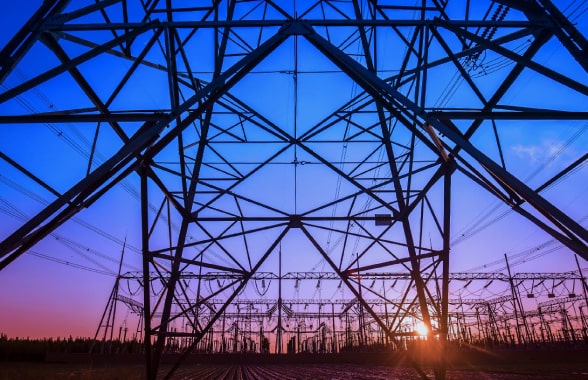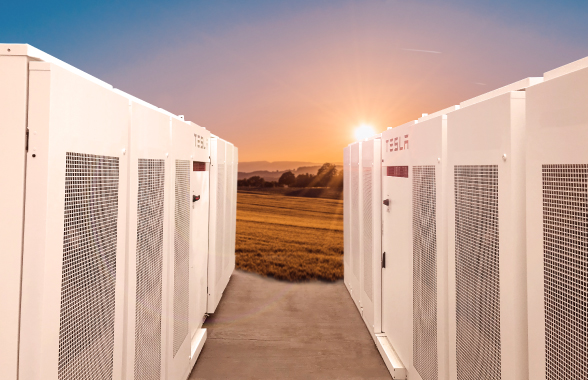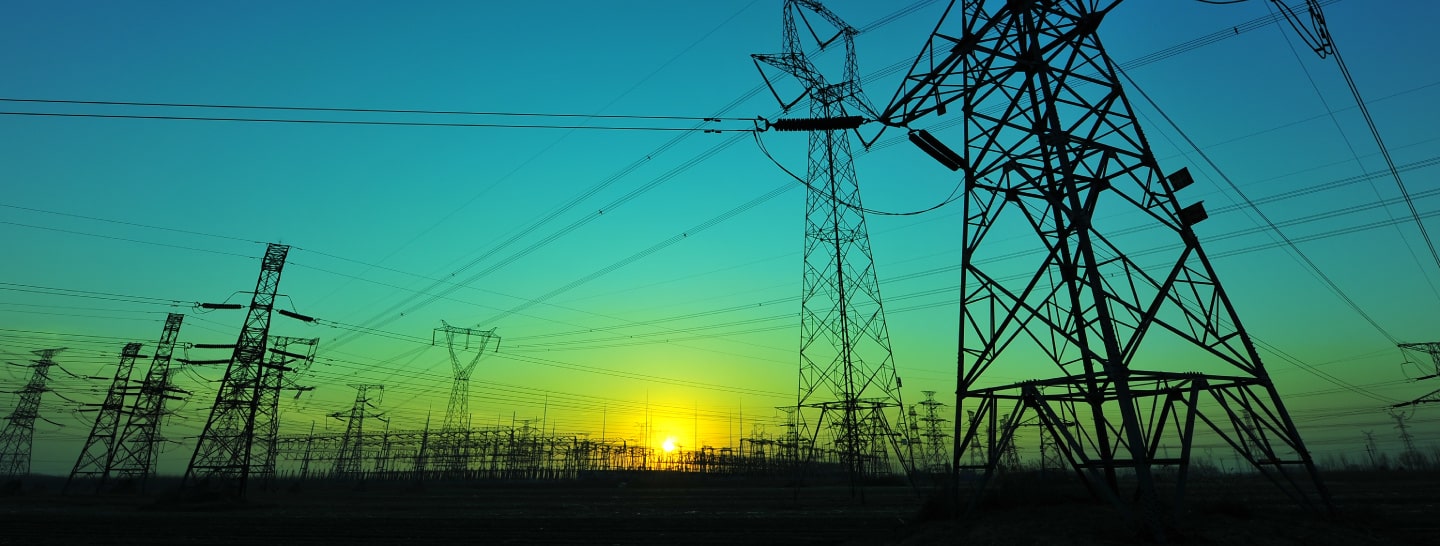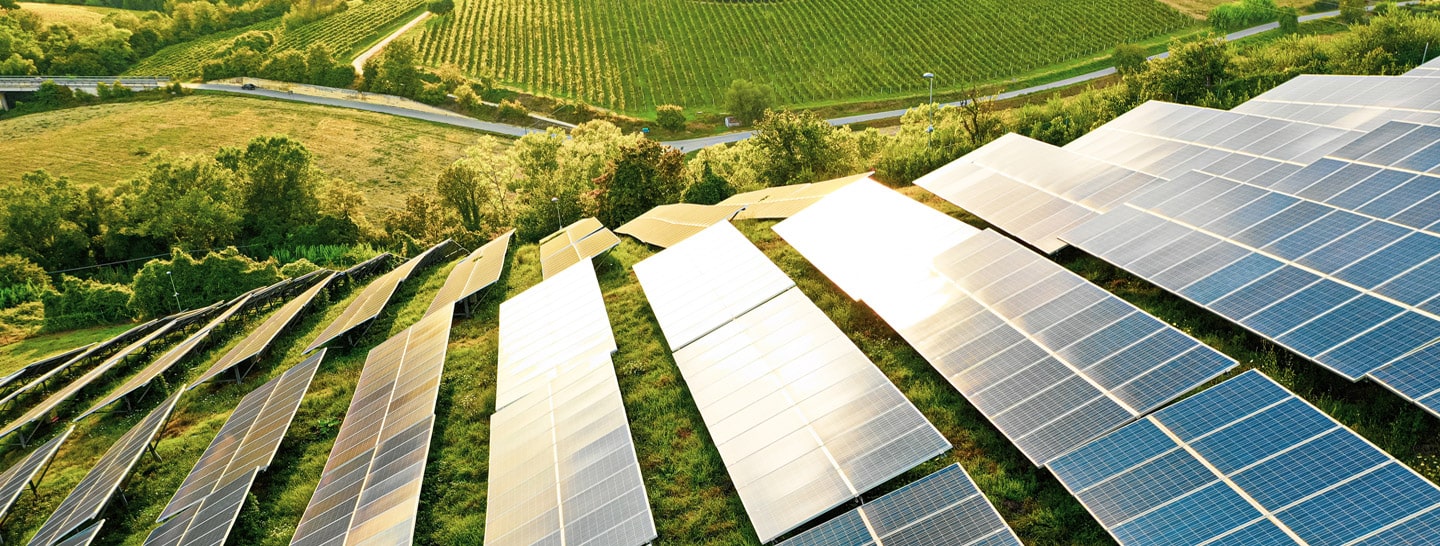The Energy as a Service (EaaS) model is a new business model that replaces the notion of “energy as a commodity” by outsourcing energy management. In this new model, energy suppliers provide corporate and residential customers with energy and other services – like consulting, systems installation and usage monitoring software – on a subscription basis, freeing customers from having to make any upfront capital expenditure. It’s like the emerging electric car business model, whereby the car is not purchased but leased by users for varying periods of time. Shifting from an ownership to a rental/lease model once again frees the user from having to make significant upfront investments (the purchase of the car), while the “as a service” component means that all of the accessory services - like insurance, repairs, annual vehicle inspections and maintenance - are handled by the car provider, which includes the costs as part of the subscription.
Renewable energy sources, like solar and wind, could be excellent examples of the “as a Service” model applied to the energy sector. Through a “photovoltaic as a service model”, for instance, consumers would not not need to acquire the solar panels and pay for installation, but only pay for their use. Once again, the idea is that upfront capital expenditures - the purchase of the panels and their installation, for example - reside with the provider and not the customer. As part of eventual subscription services, the provider will also handle - as in the case of electric cars - services like maintenance, repairs and eventual replacement of the panels with newer and more energy efficient ones. The customer will have access to all of this through a subscription.

Other examples could include Power Purchase Agreements (PPAs) and contracts that offer on- and off-site energy supply technologies (think lighting solutions for business facilities, factories, warehouses, etc.), consulting and advisory services and digital energy management platforms as well as a variety of financing options to help customers acquire the solutions best suited to them.
How does Energy as a Service work?
The Energy as a Service business model shifts ownership of energy-related assets from the customer to the supplier. It works by turning traditional business models on their head. In a traditional transaction, customers buy products, after which there may be contracts offering the buyers the possibility to purchase warranties and/or additional services.

In the Energy as a Service model, customers pay for an energy service without having to make any upfront capital investments. Suppliers offer access to electrical devices and services in exchange for a periodical fee. Such services could include, for example:
- On- and off-site energy supply technologies
- Consulting and advisory services
- Digital energy management platforms
For another way to look at it, imagine a television streaming service in which the owner of the streaming service supplies customers with the television sets as well as the programs to watch. Ownership of the physical assets (the sets) – and the associated costs for maintenance, repairs, etc. – remain with the streaming provider. The end consumer pays a monthly fee for usage of the television as well as for the programing, without having to make significant capital expenditures for the TV and for upgrades and/or purchases of new, more technologically-updated sets in the future. This is, essentially, how Energy as a Service models work.
Why is Energy as a Service important?
The shift to the Energy as a Service model is being encouraged by four prevalent trends: decarbonization, electrification, urbanization and digitalization. This model, in fact, is a solution that – thanks to its integration of smart technologies - promotes the adoption of advanced, low-carbon technologies. For example, the model supports the adoption of photovoltaic energy, as consumers are not required to purchase the panels, which are offered as part of the subscription by the energy provider. EaaS providers also maintain and monitor the energy supply, helping lower customers’ operating costs and improving their profitability. The model is also advantageous to electricity service suppliers, as it allows for predictable and stable revenue streams.

What are the benefits of Energy as a Service?
Energy as a Service is a paradigm that favors a decentralized, electrified energy system. Currently available smart technologies enable integrating various forms of renewable energy into the energy mix, thus favoring energy decarbonization efforts.

The model offers significant benefits to customers thanks to technologies like smart metering and periodical billing rather than billing based on kilowatt-hours, including:
- Reduced costs
- Improved operational quality
- Greater financial and environmental sustainability
- Improved risk management
- Increased transparency.
For energy consumers, the EaaS model is easier to understand, while offering predictability and transparency that allows them to forecast monthly utility expenses with a high degree of accuracy.








